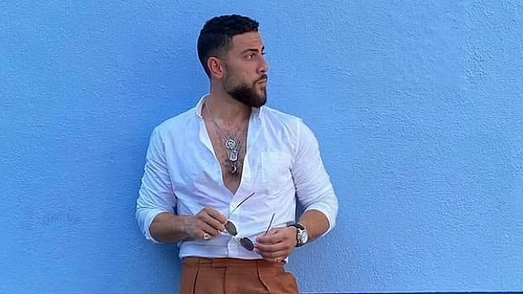The
best time for sun exposure for vitiligo is early morning sunlight, which
contains ultraviolet A-rays (320-400nm) that stimulate pigment-forming cells
(melanin).
However,
ultraviolet rays are harmful when they are at their highest between 10 a.m. and
4 p.m.
FAQs Related To Best Time For Sun Exposure For
Vitiligo
Is early morning sun good for vitiligo?
It
is especially important to avoid sun exposure between 10 a.m. and 4 p.m.
(especially for children). Furthermore, sand, water, and snow can reflect up to
85% of the sun's rays.
Can I go in the sun if I have vitiligo?
Furthermore, because people with vitiligo lack melanin, the body's natural sun protection, sun exposure can be especially dangerous.
As a result, people with vitiligo
must use broad-spectrum sun protection with an SPF (sun protection factor) of
30 or higher.
Read: What is best way to treat Vitiligo?
How do you treat sun exposure for vitiligo?
Narrow-band ultraviolet B (UVB) phototherapy has been shown to stop or slow the progression of active vitiligo.
When combined with corticosteroids or calcineurin
inhibitors, it may be more effective. You will require therapy two to three
times per week.
How does sun exposure affect vitiligo?
Sun
exposure does not worsen vitiligo, but it can increase the risk of other
problems, making it critical for patients to monitor their time spent outside
and exposure to UVA and UVB rays.
What time Is sunlight good for the skin?
The
best time to get an optimal vitamin D supplement from the sun while minimizing
your risk of developing cutaneous malignant melanoma (CMM) is at noon.
Does sleep help vitiligo?
Though
no previous research has found an association between insomnia treatment and
vitiligo disease control, the researchers hypothesized that improved sleep
quality may improve their patients' skin condition.
Read: Can I Use Fresh Aloe Vera Gel To Treat Yeast Infections?
How can I increase melanin in my vitiligo?
The combination of basil leaves and lime juice stimulates the production of melanin on your skin.
For better vitiligo treatment, apply a mixture of basil juice and
lime juice to your skin on a daily basis.
What stops vitiligo from spreading?
Some vitiligo prevention strategies, such as diet and vitamin supplementation, aim to boost the immune system.
Protecting the skin from wounds and burns may also aid in preventing the spread of white patches.
Light therapy, camouflage
therapy, repigmentation therapy, and surgery may all be used to treat vitiligo.
Does sunscreen protect against vitiligo?
Because
vitiligo patches burn easily, it is critical to protect them from the sun's
harmful rays, and sufferers should always wear a high-factor sunscreen every
day, regardless of the weather.
Does vitiligo get worse in summer?
Did you know that vitiligo can get worse in the summer? Vitiligo is a chronic disease that causes our melanocytes (pigment-producing cells) to stop working.
Because of the increased sun exposure during the summer months, the condition
may appear worse as a result of the darkening of the surrounding skin!
Read: What Fitness Component Is Push Ups?
What time is the healthiest sun?
Midday is the best time to get sunlight, especially in the summer. The sun is at its highest point at noon, and its UVB rays are the most intense.
That means you
need less time in the sun to produce enough vitamin D. Many studies also show
that the body produces the most vitamin D at noon.
Is 9am sun good for skin?
Sunrise between 8 a.m. and 10 a.m. is ideal. After 10 a.m. and until about 4 p.m., the sun's rays are known to be stronger and more direct.
Being outside without
protection during this time increases your risk of sunburn and skin cancer.
Is morning or evening sun better?
According to research, an hour of natural light in the morning will help you sleep better.
Sunshine regulates your circadian rhythm by instructing your body on
when to increase and decrease melatonin levels.
What makes vitiligo worse?
Read: What Happens If You Eat Bread Everyday?
Early
research discovered that chemicals containing phenolic and catecholic compounds
cause the immune system to attack healthy melanocytes, resulting in cell death
and pigment loss at the site of contact.








